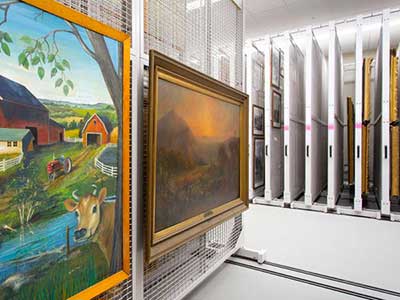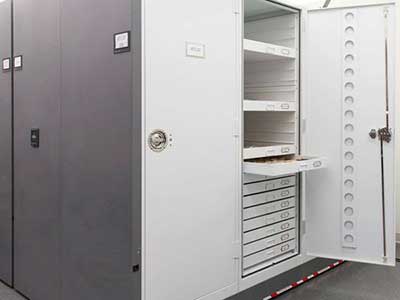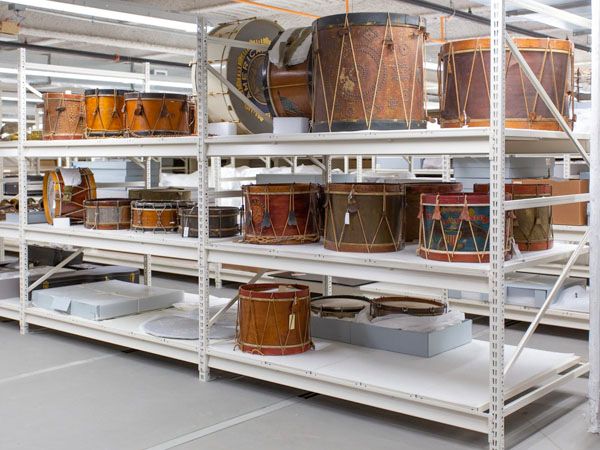Mitigating Agents of Deterioration: 6 Ways to Limit Light Exposure
How proper planning reduces the risk of damage from too much light
Limiting unnecessary light exposure is crucial for museums seeking the right balance of collections preservation and access. As even dim lighting can affect delicate materials, lighting must be a significant consideration of any institution’s collections storage risk management strategy.
When determining how to effectively limit light exposure in your museum’s collections areas, consider these six factors:
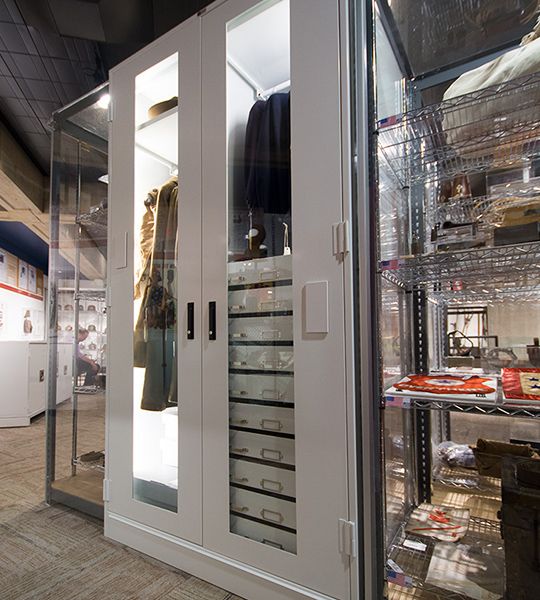
1. Determine Acceptable Light Levels
It’s important to consider the makeup of the pieces withing the various collections you are displaying. Some materials, like stone, metal, and glass, are relatively unaffected by light exposure, while others like plastics, textiles, and wood will degrade quickly if exposed to UV light.
LED lighting technology, however, doesn’t emit UV rays or transfer heat, making it much safer to display collections. LED lights also allow you to dial in the appropriate color and brightness to properly illuminate collections. One Spacesaver client specified 2700K as the color temperature for their LED illuminated museum cabinets, protecting their collections and giving their guests the best viewing experiencing.

2. Block Windows
Most modern collections storage areas are windowless, but for those that have openings that allow for natural light, you’ll need to employ some method of blocking this potentially harmful element – whether, shades, curtains, or boarding up the opening entirely.
Before making a decision, be sure to check with your facility’s manager first to maintain compliance with codes.
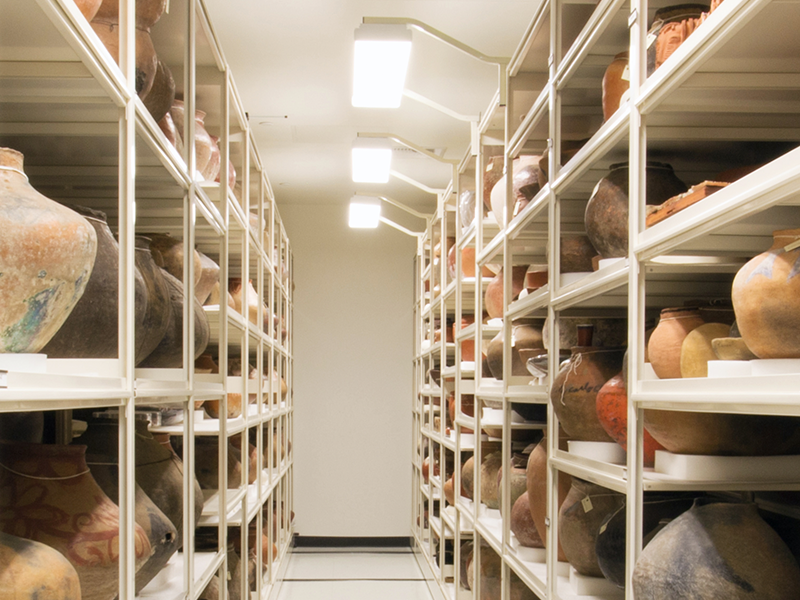
3. Consider Automatic Aisle Lights
If you’re planning a collections area renovation and are considering High-Density Mobile Storage (shelves on carriages that slide on rails), opting for automatic aisle lights can provide unique advantages.
These LED fixtures illuminate when an aisle is opened, and turn off automatically when the aisle is closed, mitigating unnecessary light exposure and reducing energy consumption in the collections area.
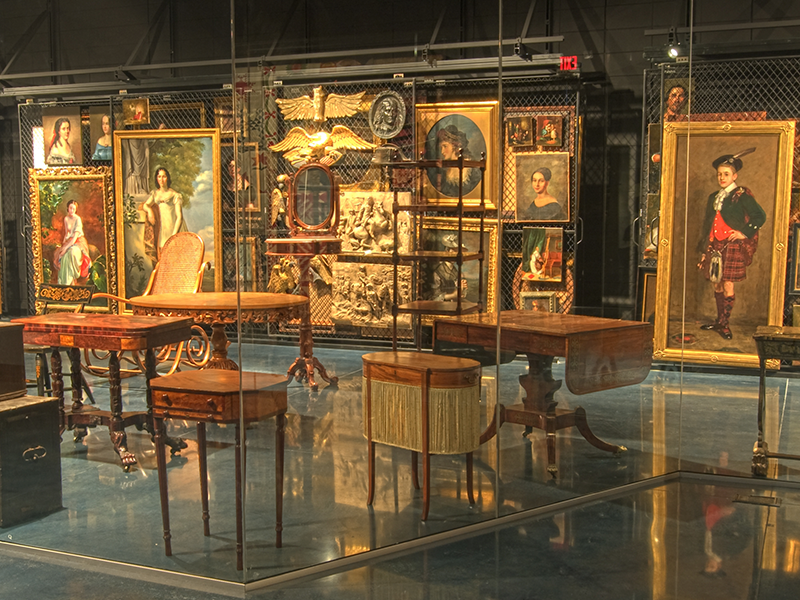
4. Utilize Sliding Art Racks
Some museums incorporate visible storage solutions, which double as public viewing areas and storage. Museums who use sliding Art Racks are able offer visitors a glimpse into the collection while also allowing staff to control which hanging art pieces are exposed to light.
In addition to protecting artwork from unnecessary light exposure, this solution also minimizes the risks from overhandling and needless transport because the entire rack is moved instead of individual paintings.

5. Cover or Contain Particularly Sensitive Objects
If ambient light can’t be limited sufficiently, cover sensitive objects like organic materials and plastics with a non-reactive material or place them in a museum cabinet for protection.
Remove these items from their protective environment only when they are needed for research, conservation, or other specific uses.
6. Be Sure to Turn Off the Lights
It might sound obvious, but it’s important to post signs reminding staff and visiting researchers to turn off the lights when they leave collections storage areas.
Beyond this simple step, museums may benefit from investing in motion detectors to help prevent unnecessary light exposure.
Providing the Best Environment
Light damage is permanent, which means there’s no way to restore an object or specimen that’s been damaged by light exposure. Be sure to provide the best environment for materials entrusted to your care.

Want to learn more about risk management in museums? Download the full guide!
Want to learn more about risk management in museums? Download the full guide!

Related Products
Next Up in Museums
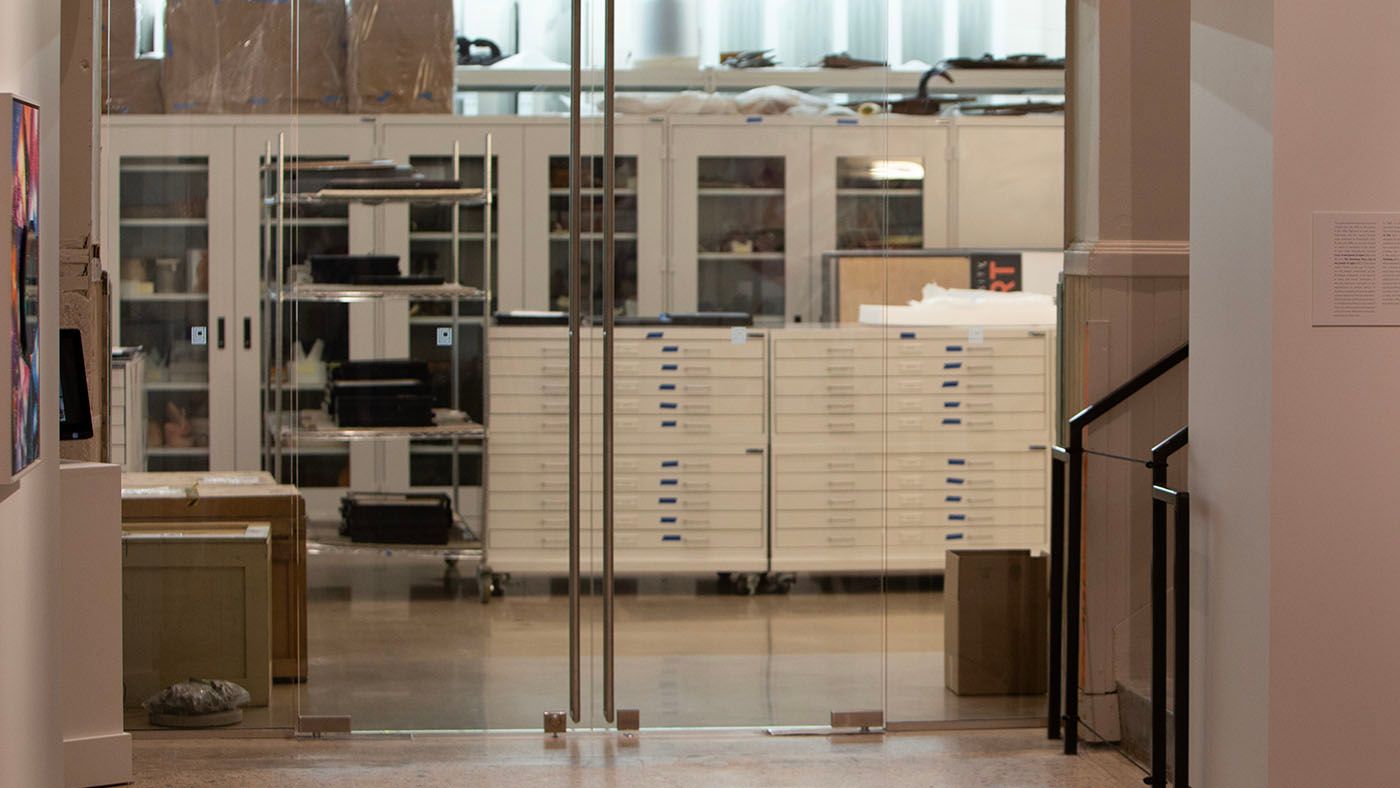
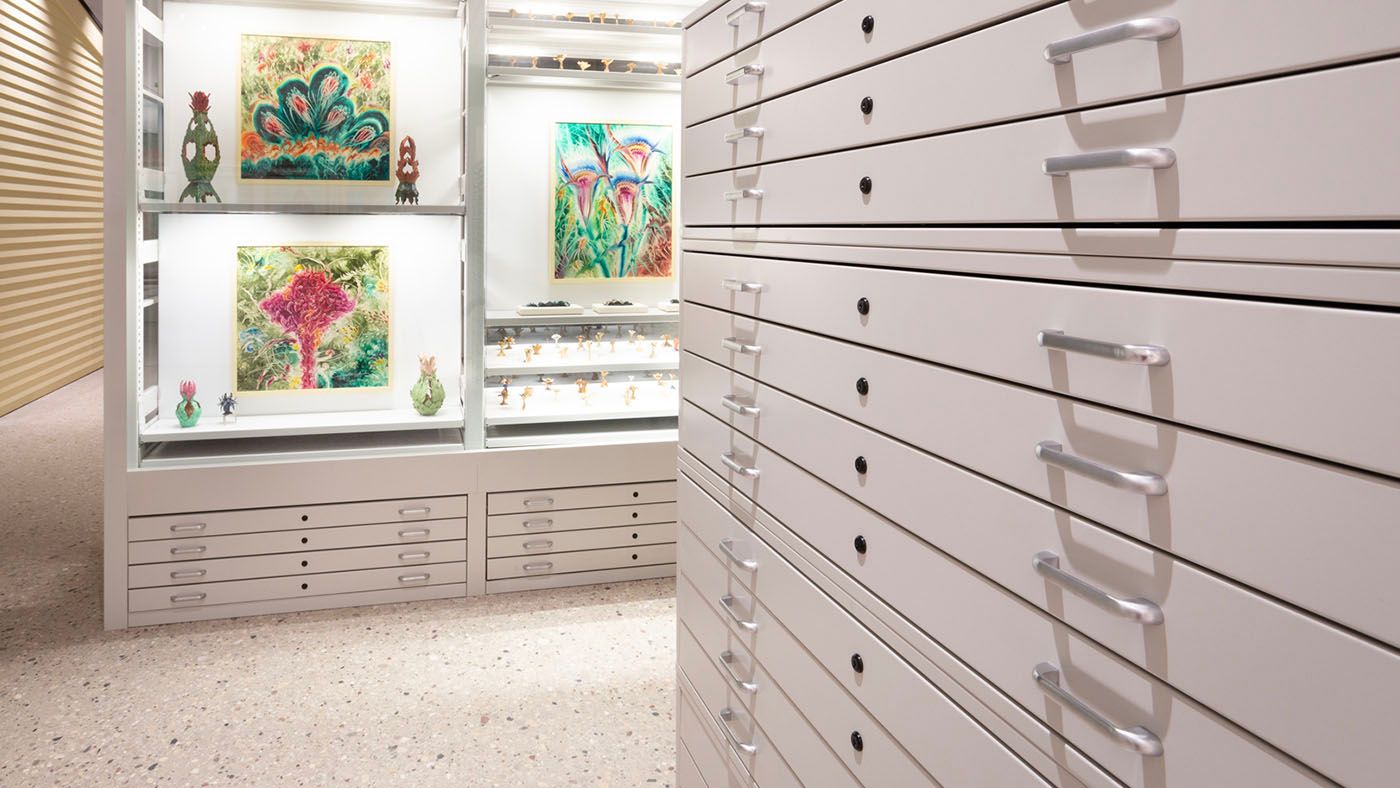
Secure and Preserve Your Art Collections with Premium Museum Storage Cabinets
Read On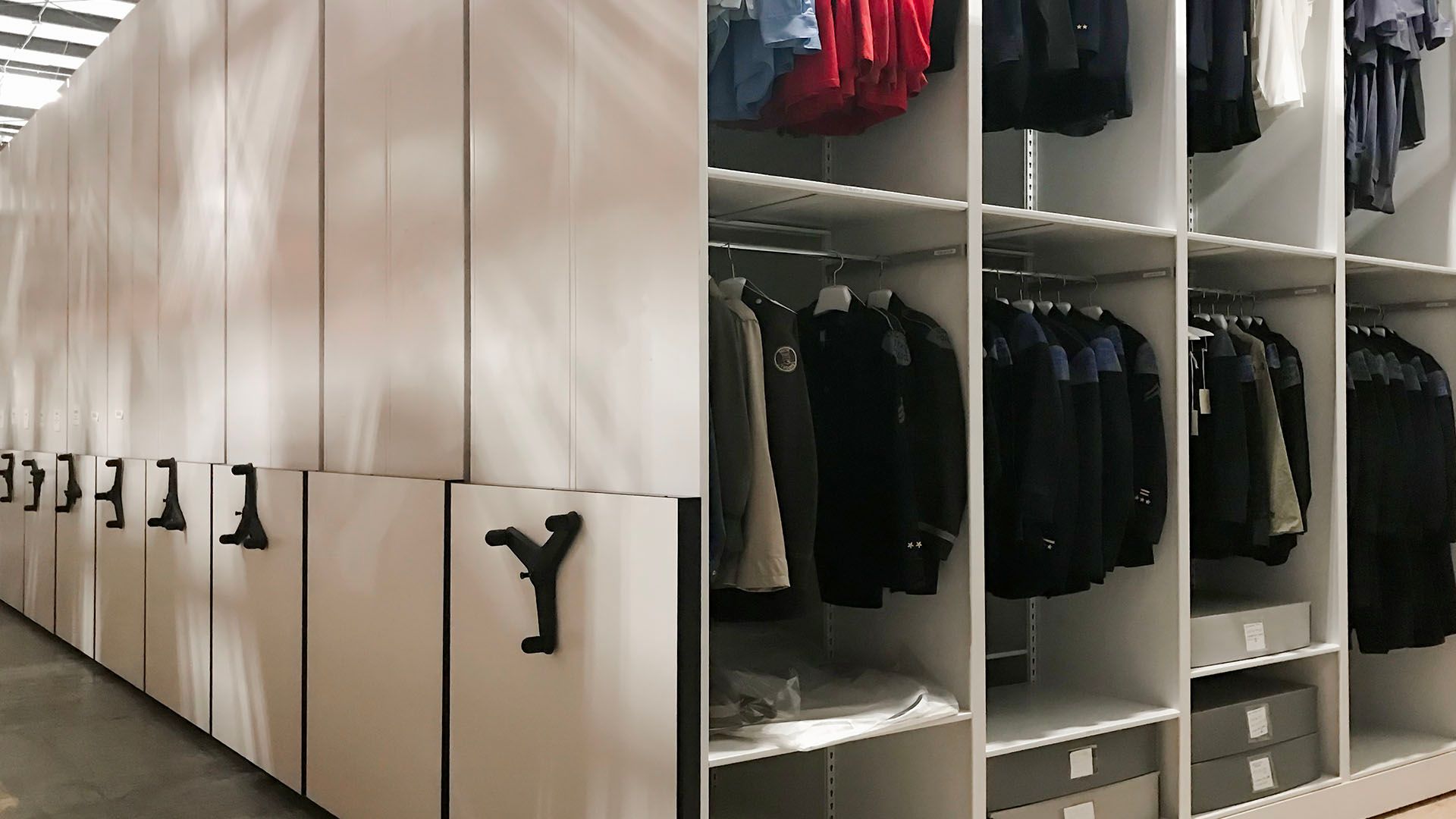
Storage solutions for preserving historical artifacts in limited spaces.
Read On